Our remarkable sense of hearing, which enables us to perceive sound, is noteworthy. Whether it’s melodious music that cheers our spirit or the loud noise of a car speeding by that signals danger, sound plays an essential role in our lives. Interestingly, the role of sound is not restricted to humans. For example, dolphins use sound for echolocation, helping them navigate their surroundings. Are you interested in discovering more fascinating insights about sound? Check out these 25 Surprising and Intriguing Facts About Sound (Prepare to Be Stunned by What Your Ears Can Accomplish!).
The bones of the middle ear - the hammer, anvil, and stirrup - help transform pressure waves into mechanical vibrations.
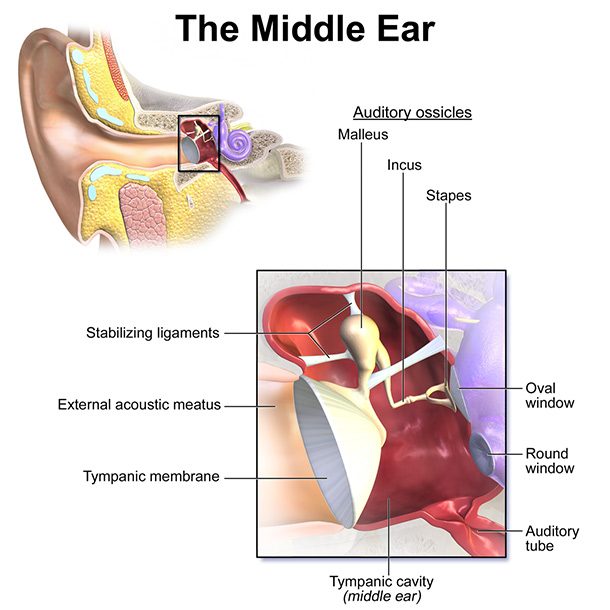 Source: http://www.physicsclassroom.com/mmedia/waves/edl.cfm
Source: http://www.physicsclassroom.com/mmedia/waves/edl.cfm Alarm systems transmit sound at around 1 to 3 kHz. That frequency range is both very sensitive for human ears and creates a black spot for our sound location ability.
 Source: http://www.physics.org/featuredetail.asp?id=75
Source: http://www.physics.org/featuredetail.asp?id=75 Musical sounds are uniform vibrations, while noises are irregular vibrations. Musical sounds distinguish themselves through pitch, loudness, intensity, quality, and timbre.
 Source: http://www.encyclopedia.com/science-and-technology/physics/physics/sound
Source: http://www.encyclopedia.com/science-and-technology/physics/physics/sound The speed of sound is about 1,130 feet per second in dry air at 68 degrees Fahrenheit.
 Source: http://www.bluebulbprojects.com/measureofthings/results.php?comp=speed&unit=fts&amt=1130&sort=pr&p=1
Source: http://www.bluebulbprojects.com/measureofthings/results.php?comp=speed&unit=fts&amt=1130&sort=pr&p=1 A healthy young human ear can hear all frequencies from 20 to 20,000 hertz.
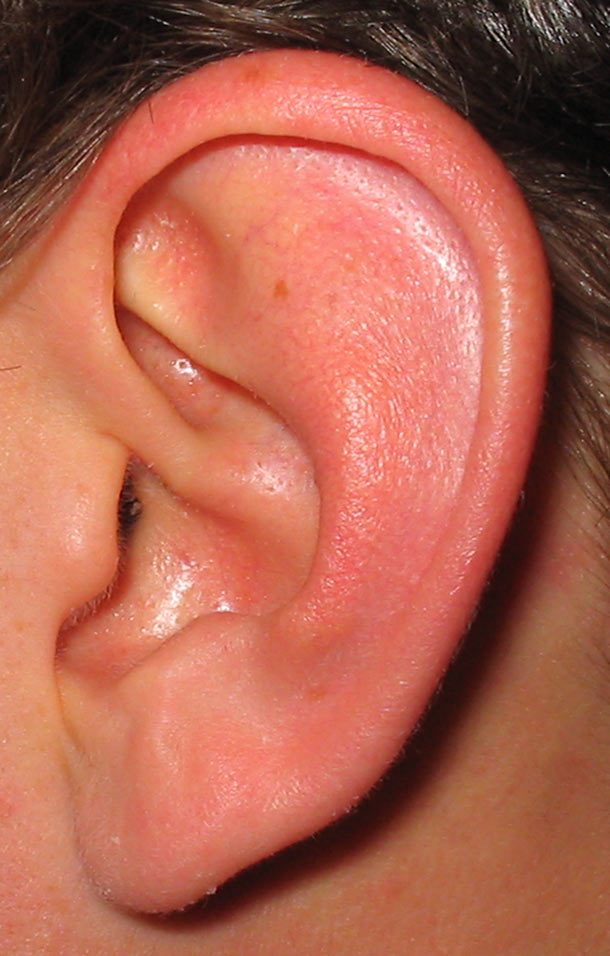 Source: https://hypertextbook.com/facts/2003/ChrisDAmbrose.shtml
Source: https://hypertextbook.com/facts/2003/ChrisDAmbrose.shtml In contrast, a dolphin can hear and produce sounds up to 150 kHz which is 150,000 hertz. This means that there are several sounds dolphins make that humans can't even hear. They use different sounds regularly for echolocation.
 Source: http://www.dolphincommunicationproject.org/index.php/the-latest-buzz/field-reports/bahamas-3/bahamas-2000/item/93032-how-well-can-dolphins-hear
Source: http://www.dolphincommunicationproject.org/index.php/the-latest-buzz/field-reports/bahamas-3/bahamas-2000/item/93032-how-well-can-dolphins-hear People who have Superior Canal Dehiscence can experience a symptom where they hear their body sounds at high levels, including hearing their own eye movements.
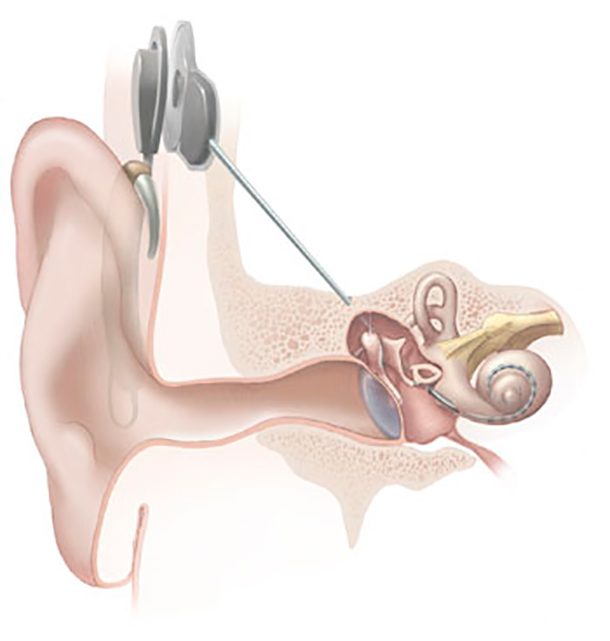 Source: https://www.asha.org/PRPSpecificTopic.aspx?folderid=8589934662§ion=Signs_and_Symptoms
Source: https://www.asha.org/PRPSpecificTopic.aspx?folderid=8589934662§ion=Signs_and_Symptoms Due to the Doppler Effect, a musical piece traveling twice the speed of sound would be in correct time and tune but only backwards.
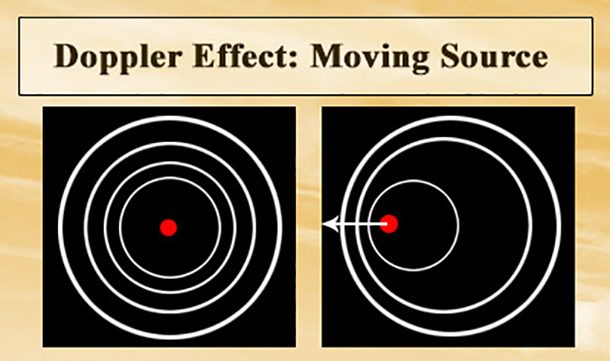 Source: https://www.reddit.com/r/todayilearned/comments/2mggku/til_that_due_to_the_doppler_effect_a_musical/
Source: https://www.reddit.com/r/todayilearned/comments/2mggku/til_that_due_to_the_doppler_effect_a_musical/ Whether it's an orchestra or a heavy metal band playing music at 120 dB, both will undoubtedly damage your hearing.
 Source: https://www.scholastic.com/teachers/articles/teaching-content/fun-sound-facts/
Source: https://www.scholastic.com/teachers/articles/teaching-content/fun-sound-facts/ Since particles are closer together in water than air, sound can travel four times faster in water.
 Source: https://www.sciencelearn.org.nz/resources/572-sound-on-the-move
Source: https://www.sciencelearn.org.nz/resources/572-sound-on-the-move Horror filmmakers use infrared sound to induce anxiety, sorrow, and even heart palpitations.
 Source: http://www.bbc.co.uk/arts/0/24083243
Source: http://www.bbc.co.uk/arts/0/24083243 People hate the sound of their own voice on a recording because we hear ourselves differently in our own heads.
 Source: http://time.com/4820247/voice-vocal-cords/
Source: http://time.com/4820247/voice-vocal-cords/ Active noise-cancelling headphones use destructive interference to cancel out incoming sound, erasing the sound waves altogether.
 Source: https://electronics.howstuffworks.com/gadgets/audio-music/noise-canceling-headphone3.htm
Source: https://electronics.howstuffworks.com/gadgets/audio-music/noise-canceling-headphone3.htm If you clap in front of Chichen Itza's El Castillo pyramid, the echo will sound like a chirping bird.
 Source: https://www.reddit.com/r/todayilearned/comments/2piehv/til_that_if_you_clap_your_hands_in_front_of/?ref=search_posts
Source: https://www.reddit.com/r/todayilearned/comments/2piehv/til_that_if_you_clap_your_hands_in_front_of/?ref=search_posts Old television remotes used an aluminum rod and a hammer to make a sound above human hearing to change the channel or the volume.
 Source: http://www.pushclicktouch.com/blog/?p=107
Source: http://www.pushclicktouch.com/blog/?p=107 Astronomers located a black hole 250 million light years away by making a B Flat note 57 octaves below middle C.
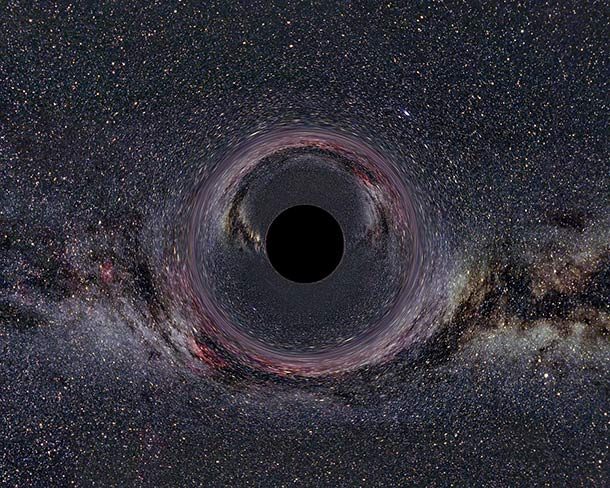 Source: https://www.nasa.gov/centers/goddard/universe/black_hole_sound.html
Source: https://www.nasa.gov/centers/goddard/universe/black_hole_sound.html A British scientists discovered elephants are terrified of bee sounds and will flee when they hear them.
 Source: http://www.bbc.com/news/science-environment-15836079
Source: http://www.bbc.com/news/science-environment-15836079 It's estimated that making a sound at 1,100 decibels would completely destroy the universe in a black hole.
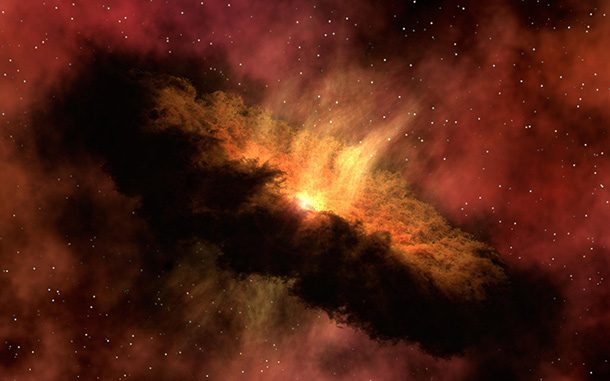 Source: https://curiosity.com/topics/at-this-many-decibels-a-sound-would-destroy-the-universe-curiosity/
Source: https://curiosity.com/topics/at-this-many-decibels-a-sound-would-destroy-the-universe-curiosity/ Because electric cars are very quiet, they are required to have artificial sounds for safety reasons.
 Source: https://www.theverge.com/2016/11/16/13651106/electric-car-noise-nhtsa-rule-blind-pedestrian-safety
Source: https://www.theverge.com/2016/11/16/13651106/electric-car-noise-nhtsa-rule-blind-pedestrian-safety Sound can't travel through space because there aren't any molecules to vibrate.
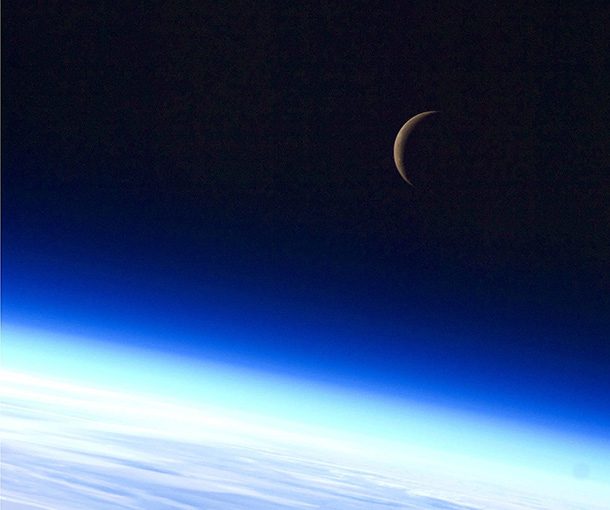 Source: http://www.qrg.northwestern.edu/projects/vss/docs/space-environment/1-is-there-sound-in-space.html
Source: http://www.qrg.northwestern.edu/projects/vss/docs/space-environment/1-is-there-sound-in-space.html In 1883, a volcanic eruption on the island of Krakatoa produced sound which shattered windows, shook homes, and were reported to be heard 160km away from the explosion. The atmospheric shock waves it created traveled 7 times around the Earth before it dissipated.
 Source: http://volcano.oregonstate.edu/historical-eruption-sounds
Source: http://volcano.oregonstate.edu/historical-eruption-sounds Pistol Shrimp produce an extremely loud pop to stun their prey. The pop sound reaches 218 decibels which is louder than a gun shot.
 Source: http://www.dailymail.co.uk/sciencetech/article-1085398/Deadly-pistol-shrimp-stuns-prey-sound-loud-Concorde-UK-waters.html
Source: http://www.dailymail.co.uk/sciencetech/article-1085398/Deadly-pistol-shrimp-stuns-prey-sound-loud-Concorde-UK-waters.html Blue whales can make deep sounds up to 188 decibels and can be heard 500 miles away.
 Source: https://www.coolantarctica.com/Antarctica%20fact%20file/wildlife/whales/blue_whale.htm
Source: https://www.coolantarctica.com/Antarctica%20fact%20file/wildlife/whales/blue_whale.htm Research in psychoacoustics helps us understand how sound affects our psychology and nervous system.
 Source: http://thepowerofsound.net/psychoacoustics-defined/
Source: http://thepowerofsound.net/psychoacoustics-defined/ Even if you aren't recording sound on a video recording, researchers at MIT found they can recreate a voice solely by the small vibrations of the things in the video recording.
 Source: http://www.theskepticsguide.org/the-video-microphone-is-your-candy-wrapper-tattling-on-you
Source: http://www.theskepticsguide.org/the-video-microphone-is-your-candy-wrapper-tattling-on-you Lists Going Viral Right Now
Photo: feature: shutterstock, 25. BruceBlaus. When using this image in external sources it can be cited as: Blausen.com staff (2014). “Medical gallery of Blausen Medical 2014“. WikiJournal of Medicine 1 (2). DOI:10.15347/wjm/2014.010. ISSN 2002-4436., Blausen 0330 EarAnatomy MiddleEar, CC BY 3.0, 24. I, BrokenSphere, Honeywell home alarm, CC BY-SA 3.0, 23. Pixabay.com (Public Domain), 22. Wikipedia Commons.com (Public Domain), 21. David Benbennick, Ear, CC BY-SA 3.0, 20. Wikipedia Commons.com (Public Domain), 19. Wikipedia Commons.com (Public Domain), 18. Zappys Technology Soluti via flickr. CC BY 2.0, 17. MITO SettembreMusica, MITO Orchestra Sinfonica RAI, CC BY 2.0, 16. PublicDomainPictures.net (Public Domain), 15. Wikipedia Commons.com (Public Domain), 14. Wikipedia Commons.com (Public Domain), 13. Gamer112 at en.wikipedia, TDK ST-200, CC BY 3.0, 12. Elelicht, Chichen Itza El Castillo, CC BY-SA 3.0, 11. Todd Ehlers, Zenith Space Command, CC BY-SA 2.0, 10. Deutsch: Ute Kraus, Physikdidaktik Ute Kraus, Universität Hildesheim, Tempolimit Lichtgeschwindigkeit, (Milchstraßenpanorama im Hintergrund: Axel Mellinger) English: Ute Kraus, Physics education group Kraus, Universität Hildesheim, Space Time Travel, (background image of the milky way: Axel Mellinger), Black Hole Milkyway, CC BY-SA 2.5, 9. MaxPixel.com (Public Domain), 8. Pexels.com (Public Domain), 7. Ludovic Hirlimann, Electric car charging Amsterdam, CC BY-SA 2.0, 6. Pixabay.com (Public Domain), 5. WIkipedia Commons.com (Public Domain), 4. Anker A, Grave S, Alpheus cedrici holotype, dorsal view – ZooKeys-183-001-g003A, CC BY 3.0, 3. Pixabay.com (Public Domain), 2. Wikipedia Commons.com (Public Domain), 1. Pixabay.com (Public Domain)



























